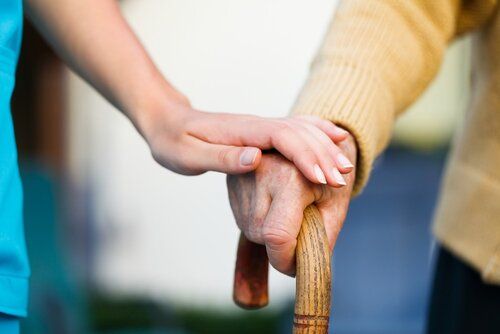Sarcoma and Bone Cancer Awareness Month
‘Raising Awareness to Create Survivors!’
July is Sarcoma and Bone Cancer Awareness Month, it’s time to put on your yellow tee, wear your ribbons and raise awareness to raise much needed funds for research that will empower further research into treatment and assistance for those affected by this rare disease! In November 2007, a group of advocates in Seattle came together to unite all Sarcoma Non-profits – supported by doctors at sarctrials.org, a petition of 100,000 signatures was sent to the White House to declare the 1st of July Sarcoma Awareness Month.
Due to its rarity, Sarcoma is a cancer that is often under- researched, and by providing Awareness and Support, you can help raise funds that will help develop medicines and treatments that save multiple children’s lives and the support of Sarcoma Fighters, of all ages,
to navigate this difficult disease!
What is Sarcoma and Bone Cancer?
Sarcoma is a cancer that affects the connective tissues in the body. These are your bones, cartilage, muscles, fatty tissue, fibrous tissue, and blood vessels. Sarcomas are divided into two main categories:
Soft Tissue Sarcomas: These occur in the soft tissues of the body such as fat, blood vessels, nerves, and tendons. Soft Tissue Sarcomas are commonly found in the abdomen, legs, and arms.
Bone Sarcomas: Bone Sarcomas start in the bone, which affects the functioning of the bones, weakening them and leading to fractures.
- Sarcoma is cancer that makes up only 1% of all cancers in adults – giving it the title of the ‘Forgotten cancer.
- Bone Sarcoma can start anywhere in the body, but it usually starts in the pelvis or long bones.
- Bone Sarcoma accounts for 1/3 of Childhood Cancers and is typically found in childhood and young adulthood.
- There are 70 Sarcoma Subtypes
- Abdominal Pain
- Weight loss
Treatment
Due to the rarity of Sarcomas, treatment will differ. As this is a primary Childhood Cancer, specialist paediatric teams provide treatment to children and young adults depending on the type of Sarcoma. Adults make up only 1% of the Sarcoma population, so specialist Sarcoma Teams assist adults with varying treatments, due to the number of different sarcomas.
Typical Treatments Include
- Surgery
- Radiation Therapy
- Chemotherapy
- Targeted Therapy
- Thermal Ablation
The 5-year survival rate for Sarcomas is currently around 65%. This lowers once the cancer has spread to 50% and late-stage diagnosis is only 18%. This is why it is vital to get checked out and raise Sarcoma Awareness!
GET INVOLVED!
Various Events will be held worldwide to raise awareness and funds about Sarcoma and here are a few ways you can get involved!
United Kingdom:
Cuppa and Cake for Sarcoma (UK) – Its simple, its fun and its delicious! Bake cakes or cupcakes, invite friends and family to enjoy a slice with you, or do a local bake sale. Donations raised from Cuppa and Cake can be made through JustGiving.org, so join in the Big C Cuppa 2024 fundraiser today!
United States:
The Sarcoma Foundation of America has month long initiatives all over the USA to raise funds – here is how you can join:
Wear Yellow Day (12 July) – Get friends, family colleagues and even pets to don those sunny yellow colours! Share photos of your yellow day on social media with the hashtag #WearYellowDay and #SarcomaAwarenessMonth
Light Up for Sarcoma (26 July-) Light up your house Yellow! Get the neighbourhood to join in and approach your local municipality for assistance on getting local building or monument lit up! Locations you can visit are:
- Niagara Falls (New York and Canada)
- The Rock n Roll Hall of Fame (Cleveland, Ohio)
- Pennsylvania State Capitol (Harrisburg, PA)
- Philadelphia Skyline
It doesn’t matter where you are in the world – Lets Make July Yellow and spread the word!




T: +1 (817) 984 8400
CONTACT FORM
We will get back to you as soon as possible.
Please try again later.
Powered with 💛 by Shazamme

